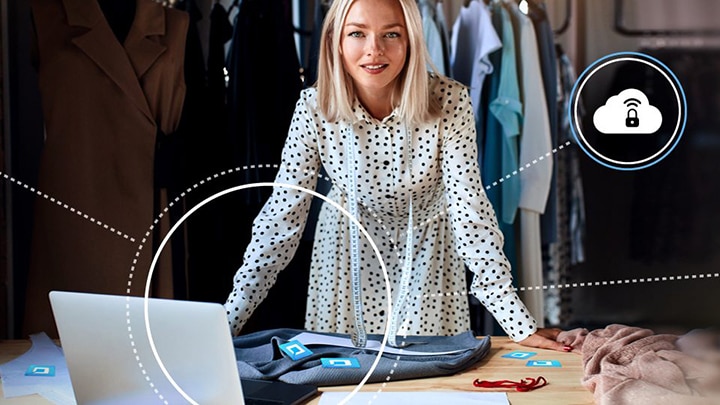Why do transit agencies around the world decide to move to mobile ticketing?.
- Lower Operating Costs
Mobile ticketing means that high costs for ticket distribution can be
reduced, as staff doesn’t need to collect paper bills and coins to
issue tickets since ticket sales can be done online without handling cash.
Also, the tap-and-go entry machines that read contactless tickets usually
have fewer mechanical parts than entry machines that read tickets based on
magnetic stripes, barcodes or QR codes. As a result, there are fewer
breakdowns and lower maintenance costs for the reader infrastructure, which
is especially true for large transit systems. Since ongoing maintenance
costs can be a significant part of any transit authority’s operating
budget, upgrading to mobile ticketing can be a cost-effective way to invest
in the infrastructure.
- Simpler Infrastructure Updates
The network that supports mobile ticketing is lean and easy to update, so
transit agencies no longer have to deal with difficult updates to legacy
infrastructures. Keeping a legacy reader infrastructure up-to-date can be
costly and can place a strain on limited public-service funding. Compared to
legacy ticketing formats, mobile ticketing doesn’t rely on real-time
connections to backend offices and employs a smaller network that is easier
and more cost-effective to keep updated.

- Fast Time-to-Market and Scalability
With MIFARE® 2GO, transit agencies have a solution that is built upon
existing MIFARE product-based infrastructures to accelerate time-to-market
and have a streamlined and straightforward mobile integration. Quick
deployment (between 3-6 months) can be possible with a fast and easy
onboarding process combined with extensive technical support on
infrastructure and backend systems.
With the one-time integration, transit agencies can enable multiple OEMs as
well as reach a greater number of consumers equipped with widely-available
Android phones that support near-field communication (NFC).
An effective security approach is critical for mass adoption which can be
ensured by a solution that can leverage hardware security in the form of a
tamper-resistant secure element (SE) in combination with a cloud-based
solution.
- Going Beyond Transit Applications
MIFARE 2GO supports new businesses, so transit agencies stay competitive. It
also provides additional sales channels with the potential for increased
revenue and interactive content. Easy expansion lets transit agencies extend
their services quickly.
MIFARE 2GO also provides convenient secure access to hotel rooms, offices,
universities and other private locations. It supports contactless access for
use on campus, at festivals, in stadiums and more. It even fosters customer
loyalty with support for special mobile reward programs.

- Improved Customer Journey
Integration with mobile wallets like Google Pay makes mobile tickets readily
available and easy to top up. All that’s needed to enter the system is a
quick tap of any compatible NFC-enabled Android phone. The phone screen
doesn’t need to be unlocked (the screen just has to be on), for validation
to occur. Riders can then move quickly and efficiently along their journeys.
Beyond fare payments, commuters can use mobile-ticketing-related services to
get real-time information on routes, manage their accounts and more – all
with trusted services like Google Pay.
Mobile ticketing not only enhances public transport—it's also a natural
complement to existing smart-card-based transit systems. With the MIFARE 2GO
end-to-end cloud service solution, NXP digitizes traditional transit passes so
they can seamlessly work on NFC-enabled mobile devices and, at the same time,
bring transit authorities into the future of digitalization.






